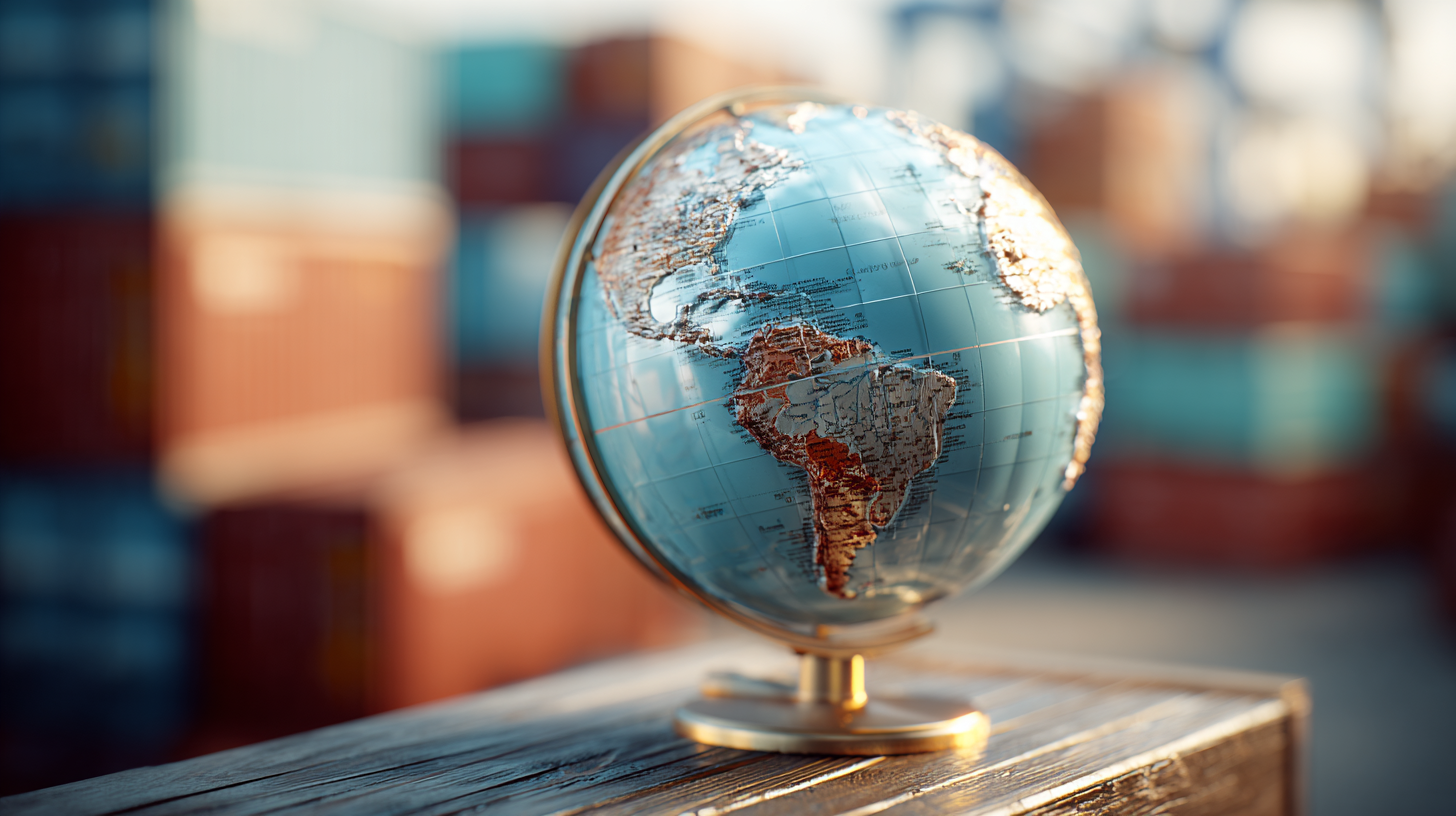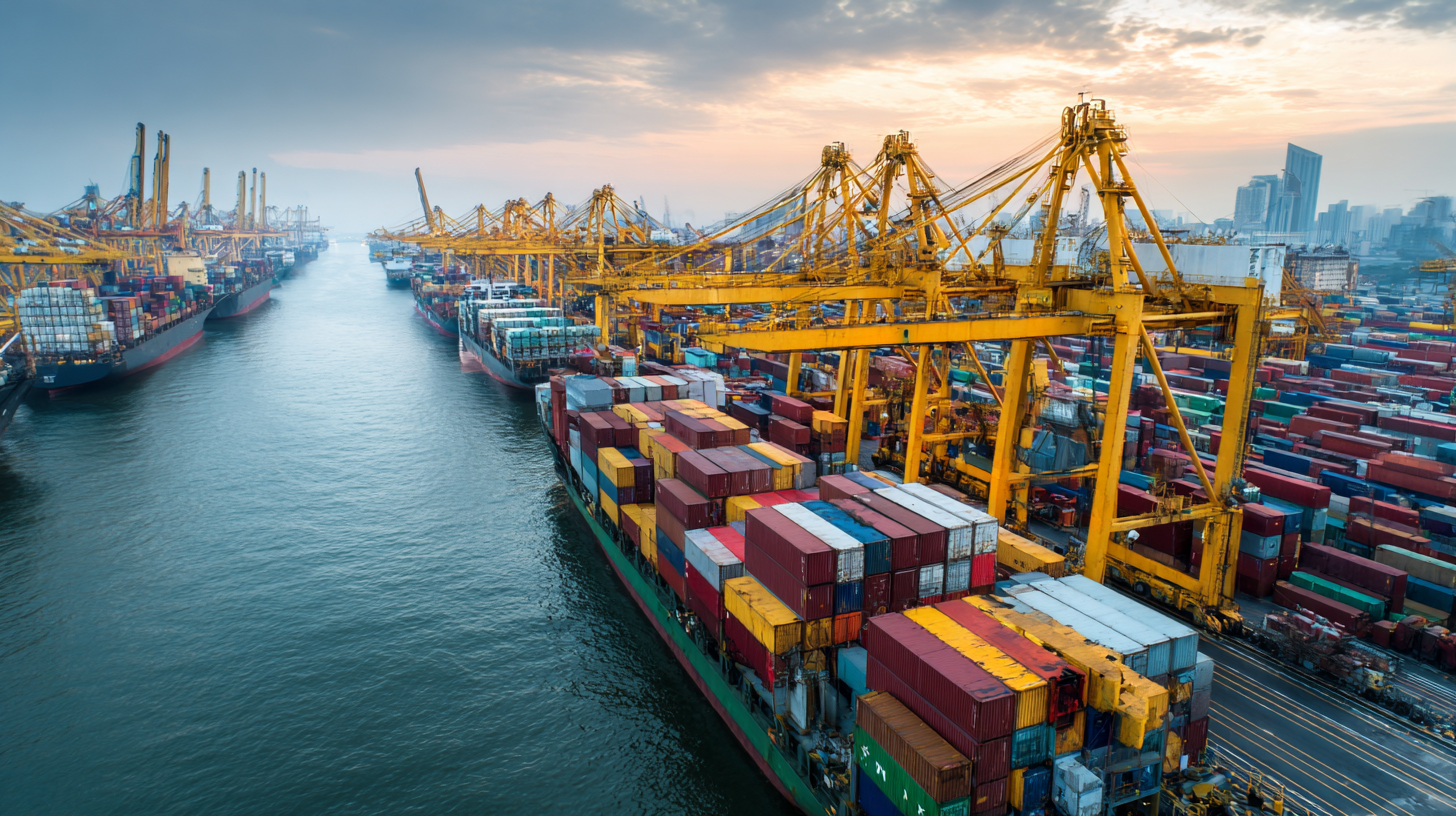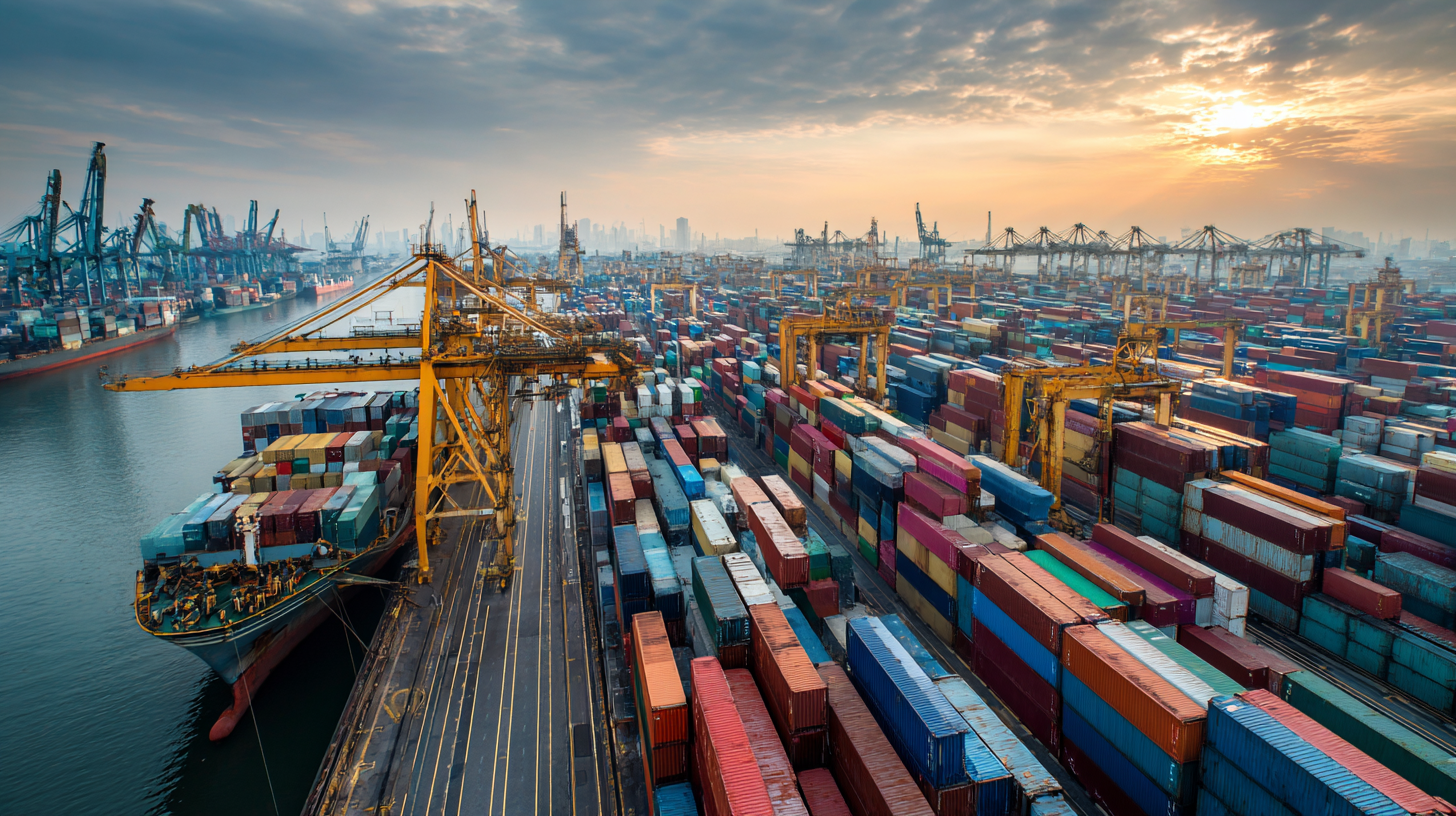Navigating Global Sourcing Certification for Import and Export Success
In today's increasingly interconnected market, mastering Global Sourcing is imperative for businesses aiming to enhance their import and export success. According to a recent report from Deloitte, 79% of companies leveraging global sourcing strategies have experienced improved operational efficiency and cost savings. This trend underscores the importance of obtaining the necessary certifications to navigate the complexities of international trade effectively.

With the global sourcing market projected to reach $500 billion by 2025, it is crucial for organizations to adopt top strategies that not only ensure compliance with international standards but also optimize their supply chain management. By focusing on certification in global sourcing, companies can mitigate risks, enhance product quality, and ultimately drive growth in competitive global markets.
Understanding the Importance of Global Sourcing Certification in International Trade
In the dynamic landscape of international trade, global sourcing certification has emerged as a critical component for businesses looking to thrive in import and export markets. This certification process is not merely a bureaucratic hurdle but a vital measure that demonstrates a company’s commitment to quality, compliance, and ethical standards. By obtaining global sourcing certification, companies signal their capability to meet international regulations and standards, which builds trust with partners and consumers alike.

The importance of global sourcing certification extends beyond compliance; it acts as a competitive advantage in an increasingly crowded marketplace. Certified businesses are often perceived as more reliable and efficient, making them more appealing to potential clients. Additionally, this certification helps mitigate risks associated with global supply chains, ensuring that products are sourced responsibly and sustainably. As international trade continues to evolve, companies that prioritize global sourcing certification will be better positioned to navigate challenges and seize opportunities in the global marketplace.
Key Trends in Global Sourcing Certification: What the Data Reveals for Importers and Exporters
In today’s competitive landscape, global sourcing certification is more crucial than ever for importers and exporters. Recent data reveals key trends that can significantly impact sourcing strategies. For instance, certifications that emphasize sustainability and ethical sourcing are gaining traction, with consumers increasingly preferring products that align with their values. This shift not only enhances brand reputation but also opens up new market opportunities.
One tip for importers and exporters is to stay updated with certification requirements and trends in different regions. Engaging with local regulatory bodies and industry groups can provide valuable insights into emerging certification standards. Additionally, consider investing in training for your team to ensure they are well-versed in compliance requirements and best practices for sourcing and certification. Another important aspect is to leverage technology; utilizing data analytics can help track certification progress and identify potential gaps in your sourcing strategy.
Moreover, forming strategic partnerships with certified suppliers can give your business a competitive edge. By collaborating with vendors who hold respected certifications, you not only enhance your product quality but also build trust with your customers. This proactive approach is essential for navigating the complexities of global sourcing certification successfully.
Navigating Global Sourcing Certification for Import and Export Success
| Certification Type | Percentage of Importers Certified | Percentage of Exporters Certified | Year-on-Year Growth Rate | Common Challenges Faced |
|---|---|---|---|---|
| ISO 9001 | 65% | 70% | 10% | Compliance and Maintenance |
| C-TPAT | 40% | 55% | 15% | Security Standards |
| ISO 14001 | 50% | 60% | 12% | Environmental Compliance |
| SA 8000 | 30% | 25% | 8% | Ethical Sourcing |
| BRC Global Standards | 45% | 50% | 9% | Quality Assurance |
Compliance Challenges: Navigating Regulatory Standards for Global Sourcing Certification
Navigating the compliance challenges associated with global sourcing certification is crucial for businesses aiming for import and export success. As regulatory standards become increasingly stringent, companies face the daunting task of ensuring that their products and operations adhere to various international guidelines. According to a recent report by the Global Trade Compliance Alliance, over 60% of companies have experienced delays in shipment due to non-compliance with import/export regulations. This highlights the necessity for a robust certification process.
Moreover, a study by the International Compliance Association revealed that 48% of businesses reported increased costs stemming from navigating regulatory compliance issues. This creates a clear imperative for organizations to not only implement thorough training programs for their employees but also invest in compliance technology solutions. Understanding the nuances of different regulatory frameworks across countries, such as the European Union’s REACH and the U.S. FDA regulations, is key to minimizing risks and optimizing global sourcing efforts. By prioritizing compliance and certification, companies can gain a competitive edge in the global market.
Navigating Global Sourcing Certification Compliance Challenges
The Role of Technology in Streamlining Global Sourcing Certification Processes
In today's fast-paced world of global trade, technology plays a pivotal role in streamlining the certification processes essential for successful import and export operations. With the complexity of regulations and standards varying from one country to another, companies often face hurdles in ensuring compliance and maintaining efficient sourcing practices. By leveraging advanced technologies, businesses can automate various aspects of the certification process, reducing the time and cost involved.
Digital tools, such as cloud-based platforms and blockchain, help in creating a more transparent and efficient certification environment. These technologies enable real-time tracking of compliance documents, allowing stakeholders to access and verify certifications effortlessly. Moreover, the integration of artificial intelligence can facilitate decision-making by analyzing vast amounts of data related to global sourcing regulations. This not only minimizes human error but also ensures that companies remain updated with the latest requirements, thereby enhancing their ability to navigate the complexities of global sourcing.
As businesses continue to expand their reach across borders, embracing technology for global sourcing certification is no longer optional but essential for success. By adopting innovative solutions, organizations can not only streamline their certification processes but also build stronger relationships with suppliers and customers, ultimately driving their competitive advantage in the global market.
Success Stories: How Certification Enhances Competitive Advantage in the Global Market
In today's competitive global market, certification plays a crucial role in enhancing a company's credibility and operational efficiency. Industry reports indicate that organizations with recognized certifications experience a 20% increase in their market share compared to those without. This enhancement allows businesses to leverage quality assurance, foster trust among stakeholders, and streamline compliance with international trade regulations. For instance, obtaining ISO 9001 certification not only standardizes processes but also positions companies favorably in bidding scenarios, as clients often prefer certified suppliers.

Tips for achieving certification effectively include investing in employee training programs that align with the certification requirements. A well-trained workforce can significantly reduce operational risks and maximize productivity, with data suggesting that companies with such initiatives see a 15% rise in employee engagement. Additionally, establishing a dedicated compliance team focused on maintaining standards is essential; organizations with specialized compliance units report a 30% decrease in non-conformance issues.
Furthermore, leveraging digital tools to monitor and audit compliance in real time can streamline the certification process. Companies that utilize automated systems have shown accelerated paths to certification, often reducing the timeline by up to 25%. By committing to these strategies, businesses can not only secure certification but also enhance their competitive advantage in the ever-evolving landscape of global trade.



